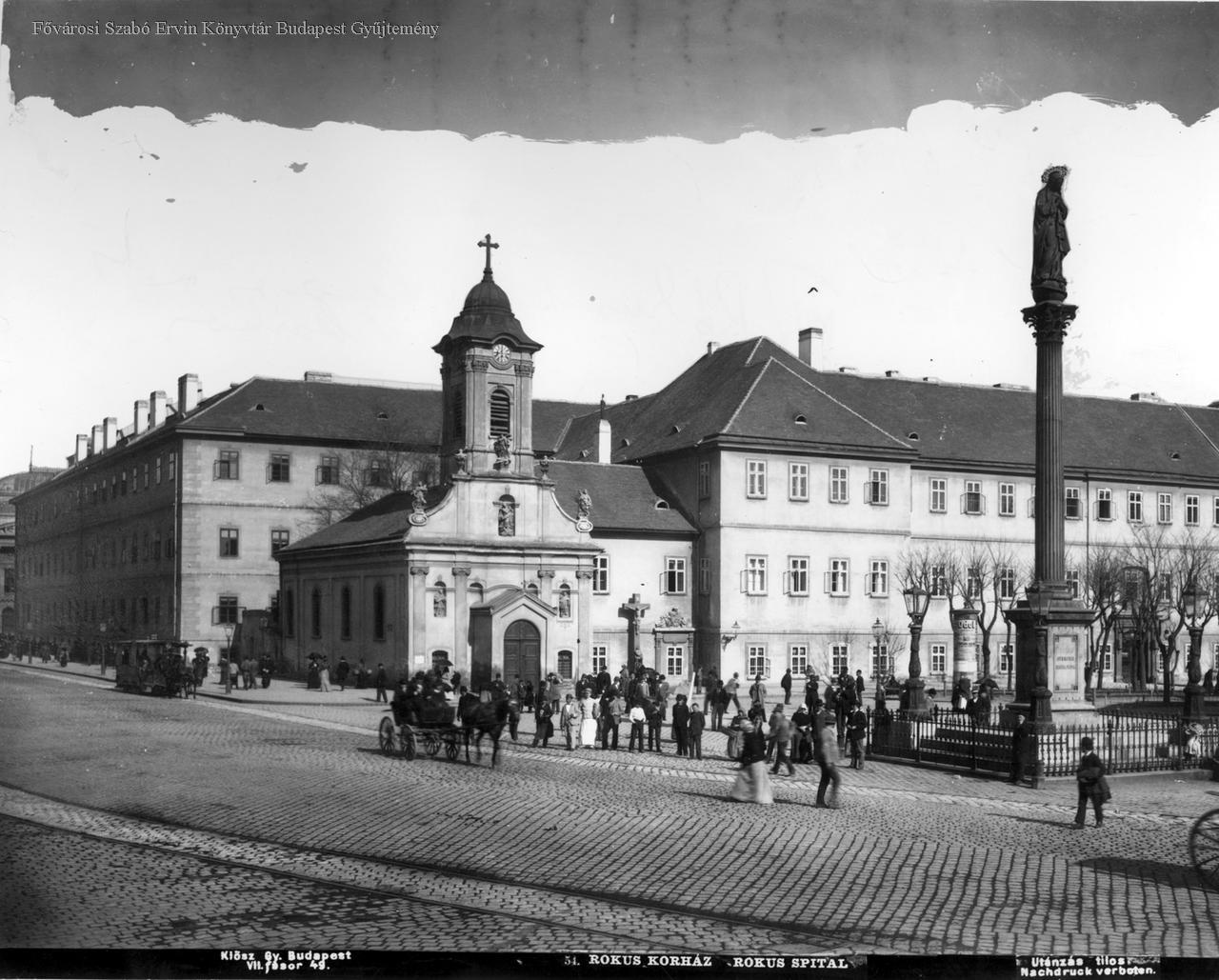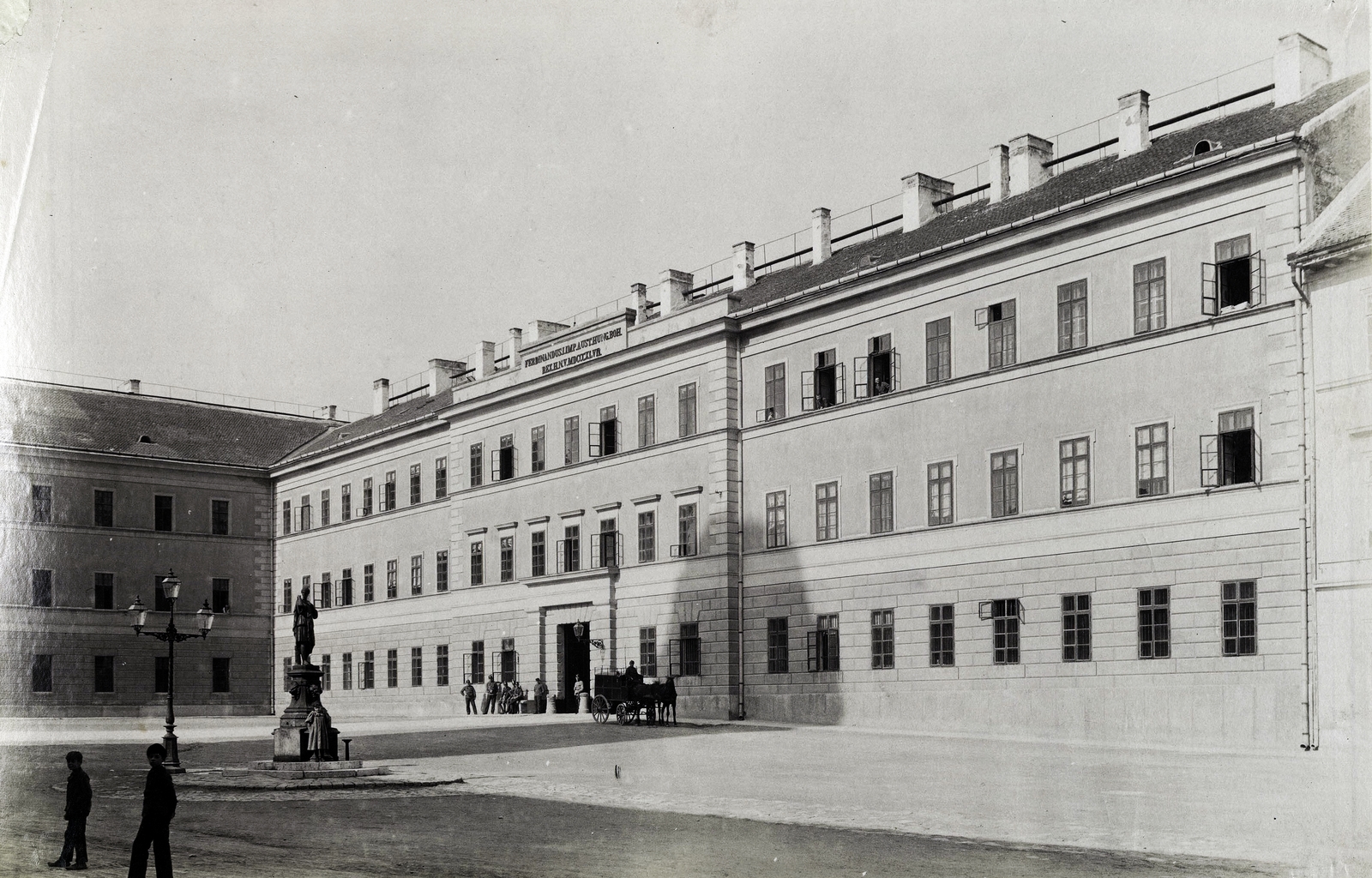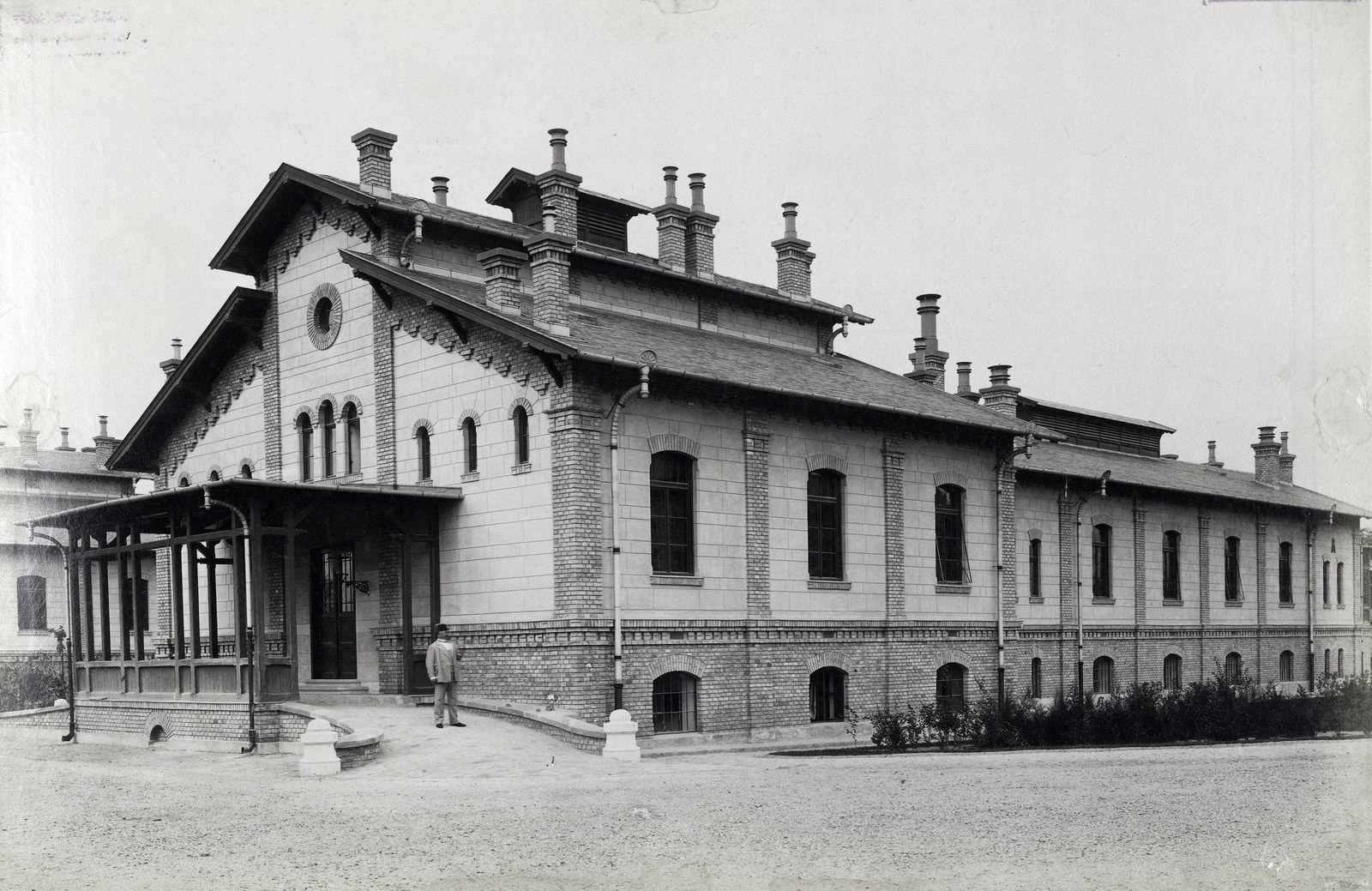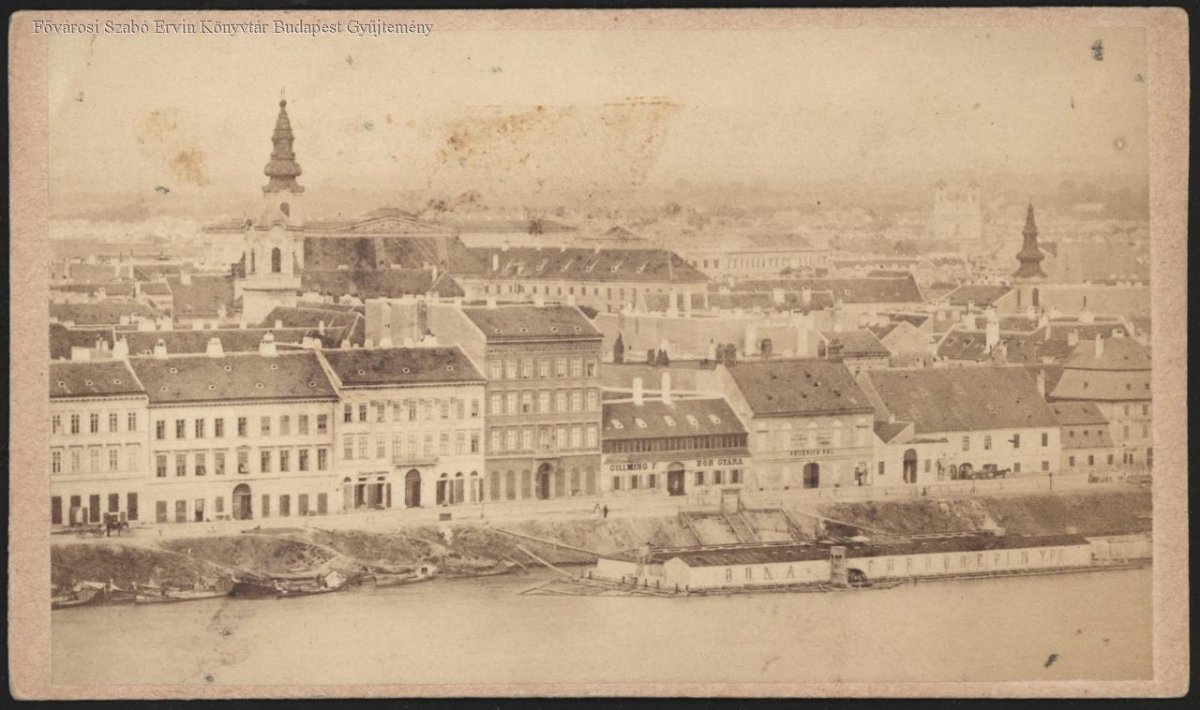In the life of Pest and Buda, the years 1872–1873 were the years of unification, when today's Budapest was formed from the connection of Pest, Óbuda and Buda. However, these years were not only about the creation of the new city but also about the repeated ravages of cholera.
In the 19th century, the population of Pest and Buda increased many times. However, this did not only involve glittering public buildings and palaces, but also terribly crowded apartments, miserable masses, with several families living in one room, of course, without adequate hygienic conditions.
The city's public health situation was also catastrophic, there were hardly any hospitals, and piped water and sewerage were considered exceptional luxuries. It is therefore no coincidence that Pest and Buda were good breeding grounds for one of the most terrifying diseases of the 19th century, cholera. This disease had regularly ravaged Hungary from 1830-1831, returned every 10-15 years, and took its toll during the War of Independence, among other things. After 1849, it appeared in Buda and Pest in 1854–1855 and 1866, and again in 1872–1873.

At the beginning of the 1870s, Pest only had one hospital, the Rókus Hospital, the photo was taken in the 1890s (Photo: FSZEK Budapest Collection)
The disease was first diagnosed in Hungary on 14 September 1872. Cholera first appeared in the territory of the monarchy in Galicia, where it spread from Russia, and although the Hungarian authorities tried everything to localise the epidemic, its spread could not be prevented, and it reached the capital by the fall of 1872. In fact, the army also assisted in the spread of the disease, because although the Hungarian authorities requested that the planned troop movements be suspended due to the epidemic, the military leadership did not take this into account and continued the planned redeployments, which meant that a relatively large number of people were moved over long distances within the empire.
The city was devastated by cholera in two waves, the first of which appeared on 18 October 1872 in Buda. Gejza Halász, chief medical officer of Pest, described the appearance of cholera in his 1879 report entitled The History of Epidemic Diseases Prevailing in Budapest with Special Reference to Cholera:
"According to this, the emergency news that cholera broke out in Buda on 18 October did not catch the authorities of the city of Pest unprepared; the committees immediately set about their vocation with vigour, with redoubled zeal when the first case was detected in the city of Pest on 28 October 1872. In Lipótváros, on 28 October 1872, a sick Lipót Matejkó, a 32-year-old day labourer of the Danube regulation, was brought from Buda to the ward set up for day labourers of the Danube regulation on the embankment of the Danube, who died immediately."
Later research also confirmed that the disease was brought to Pest-Buda by army recruits who were transported from Galicia to Budapest, to the Ferdinand Barracks (today's Military History Museum building in the Castle). On the 1st of November, there were already five patients, and in the middle of November, the first wave peaked, with 30-40 new cases per day. Then the number of cases decreased, by February 1873 it seemed that the epidemic was over, but it broke out again in March and raged until September.

Ferdinand Barracks in György Klösz's picture from 1890. The disease was probably brought to Pest-Buda by a soldier transferred here (Photo: Fortepan/Budapest Archives, Reference No.: HU.BFL.XV.19.d.1.08.009)
The disease mostly ravaged adults, mainly the 30-50-year-olds, among children and young people there were proportionally fewer deaths, and the disease claimed the most victims among the poorer population. According to statistics, 8,278 more people died in Budapest in 1872-1873 than the average of the previous years, although 5,379 patients were specifically treated for cholera, of whom 2,621 died.
Of course, the cities (because at that time Pest and Buda were not yet officially united) did not wait for cholera with folded hands, they knew exactly that sooner or later it would reach the capital. Therefore, as early as the summer of 1872, the supervision of the markets was tightened, the wells and water pipes were disinfected, and the population was informed on wall stickers about what to do and which "folk remedies" were more harmful than useful. In parallel, the defence committee and the district sub-committees were already established in August.
However, the health care system was extremely falling behind, described by chief medical officer Gejza Halász as "Asian" in the already quoted report. Despite this, they did what they could even after the outbreak of the epidemic, they disinfected the apartments of the infected. The doctors had to report the patients immediately on a form so that the disinfection could begin immediately. Patients were treated in cholera hospitals outside the city. On Üllői Road, at Markotányos Street, at the military barrack-hospital built of wood in 1870 - which was originally intended not as a hospital, but as a warehouse - a ward with 80-100 beds was set aside, and on Kerepesi Road at the omnibus site - where in 1879 The National Riding Hall was rebuilt - they set up another one with 50-60 beds, and there was also a smaller hospital in Kőbánya. No cases of cholera were admitted to the Rókus Hospital.

The Saint Ladislaus Hospital was built to treat epidemic patients (Photo: Fortepan/Budapest Archives, Reference No.: HU.BFL.XV.19.d.1.07.135)
After the epidemic of 1872-1873, a decision was made to build new hospitals, and then the Saint Ladislaus Hospital, specifically intended for the treatment of epidemic patients, was also built.
Due to the nature of the disease, it raged in the more crowded and poorer parts of the city, but thanks to effective measures, no larger outbreaks developed. The chief medical officer drew the lessons from cholera as follows:
"The lack of our health measures, which relate to cleanliness, disinfection, sewerage, food, housing and patient care for the poor, has been most felt during this persistent epidemic; this taught me not to think about them only when danger is approaching or already present, but to make them a permanent part of the most indispensable care of the authorities; because such measures can generally be the only prevention and mitigation of epidemics and especially of cholera."
These were forward-looking words in 1873 when the causative agent of cholera and the exact course of infection were not actually known. In the following decades, sewerage and the construction of the water pipeline network began in Budapest, and in 1876, tenders were issued for three public hospitals. Cholera returned in another small epidemic between 1883 and 1893, but after that, it did not appear in Hungary. By this time, public health had also improved, and the causative agent of cholera had also been discovered, which contributed to prevention and cure.
Cover photo: The crowded Pest at the end of the 1860s (Photo: FSZEK Budapest Collection)



































